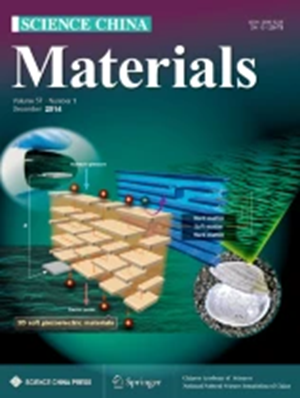Bacterial microenvironment-responsive Fe-Ce6 nanoparticles accelerate infected wound healing via in situ generation of nanozyme and photodynamic antibacterial activity
Abstract
Bacterial infection poses a significant challenge in clinical wound management. Traditional antibiotic therapies are hampered by cytotoxicity and the emergence of drug resistance. However, current photodynamic therapy (PDT) and nanozyme-based antibacterial strategies often lack microenvironment specificity, exhibiting persistent activity that risks tissue damage. To overcome these limitations, we developed bacterial microenvironment responsive Fe-Ce6 nanoparticles (NPs) for in situ generation of peroxidase (POD)-like activity and PDT activation to enhance antibacterial wound therapy. Under bacteria-secreted ATP stimulation, Fe-Ce6 NPs disassembled and in situ formed Fe-ATP complexes, while synchronously releasing the Ce6 photosensitizer. The Fe-ATP complex with POD like activity converts H2O2 into hydroxyl radicals (·OH), and Ce6 generates singlet oxygen (1O2) under 671 nm laser irradiation, synergistically enhancing nanozyme-PDT antibacterial effects. The intracellular ATP released from lysed bacteria further amplifies this cascade, promoting the formation of Fe-ATP complex and the release of Ce6, ultimately inducing an “avalanche effect”, efficiently killing bacteria and reinforcing therapeutic action. In vitro, the system demonstrates remarkable antibacterial activity against S. aureus and E. coli in simulated bacterial environments. In vivo, it exhibits substantial bactericidal efficacy and accelerates wound healing. This study presents the Fe-Ce6 NPs smart system activated by bacterial microenvironments via an “off-on” mechanism, enabling precise reactive oxygen species generation control, significantly reducing non-target tissue damage associated with traditional therapies, and offering a novel paradigm for developing microenvironment-responsive intelligent antibacterial systems.

 求助内容:
求助内容: 应助结果提醒方式:
应助结果提醒方式:


